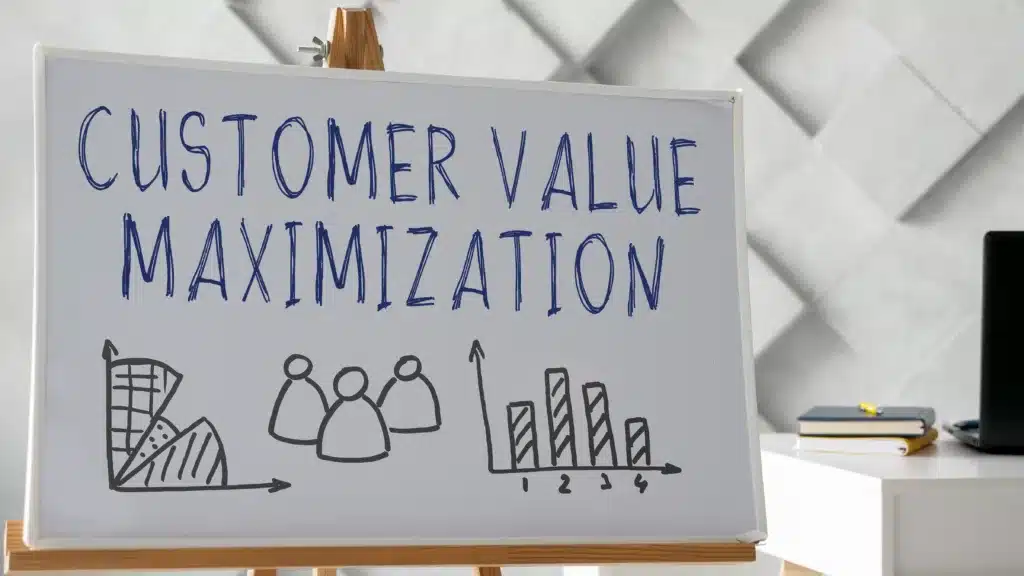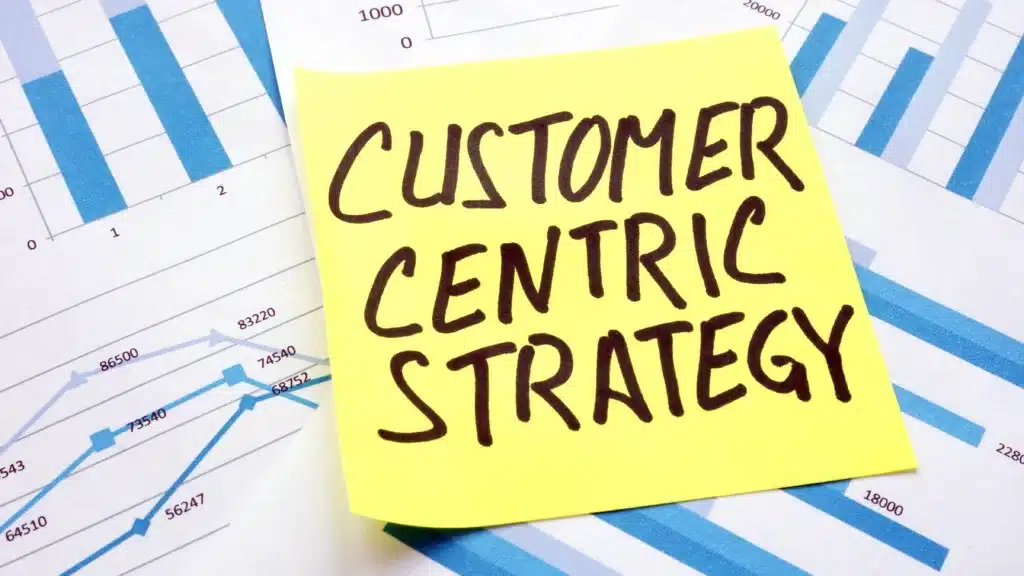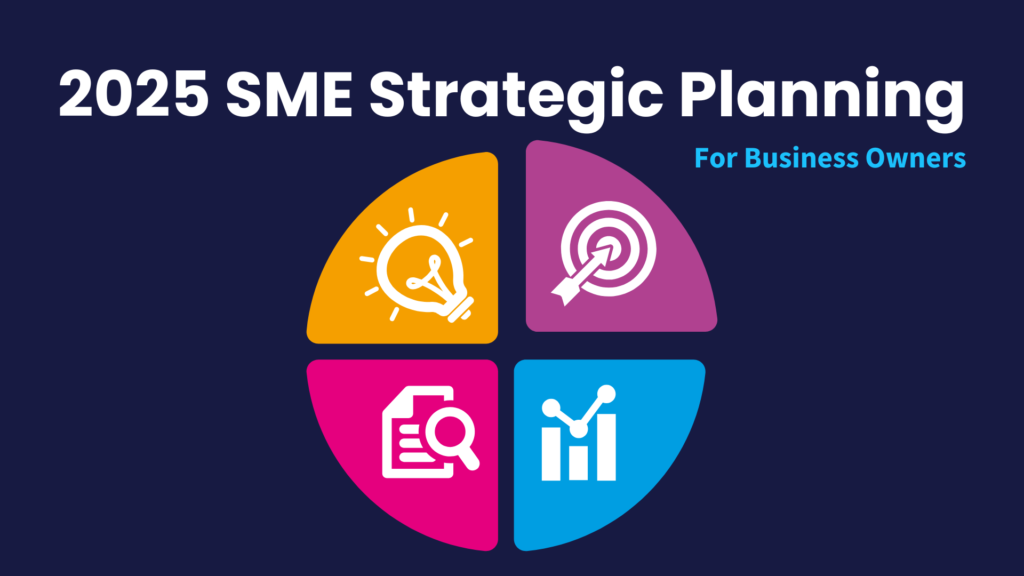The post Maximizing Profit for B2B Business Owners: Proven Strategies for Sustainable Growth appeared first on .
]]>The post Maximizing Profit for B2B Business Owners: Proven Strategies for Sustainable Growth appeared first on .
]]>The post How to Grow B2B Sales – Value Based Selling appeared first on .
]]>The post How to Grow B2B Sales – Value Based Selling appeared first on .
]]>The post Is Your Business Too Dependent on You? 5 Signs & How to Fix It appeared first on .
]]>The post Is Your Business Too Dependent on You? 5 Signs & How to Fix It appeared first on .
]]>The post How to Create a Business Growth Strategy That Works appeared first on .
]]>The post How to Create a Business Growth Strategy That Works appeared first on .
]]>The post How to Increase Sales and Revenue in a B2B Business | UnstoppableB2B appeared first on .
]]>The post How to Increase Sales and Revenue in a B2B Business | UnstoppableB2B appeared first on .
]]>The post How B2B Business Owners Can Overcome Slow Payments | Unstoppable Business appeared first on .
]]>The post How B2B Business Owners Can Overcome Slow Payments | Unstoppable Business appeared first on .
]]>The post Strategic Planning for SME Owners appeared first on .
]]>The post Strategic Planning for SME Owners appeared first on .
]]>The post How to Build a Successful Business in the UK: Practical Steps for Sustainable Growth appeared first on .
]]>The post How to Build a Successful Business in the UK: Practical Steps for Sustainable Growth appeared first on .
]]>The post From Breakdown to Breakthrough: How I Scaled My Business from £3K to £31M appeared first on .
]]>The post From Breakdown to Breakthrough: How I Scaled My Business from £3K to £31M appeared first on .
]]>The post Boost Your Cash Flow Now 3 Quick Tips for Better Financial Management appeared first on .
]]>The post Boost Your Cash Flow Now 3 Quick Tips for Better Financial Management appeared first on .
]]>








































